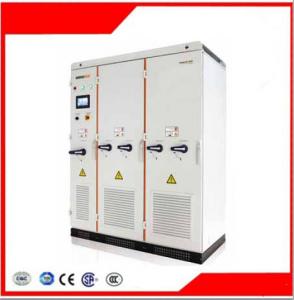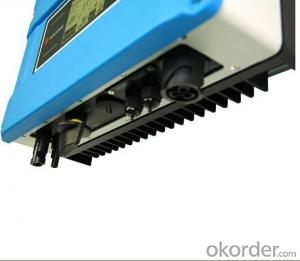Galaxy Solar Inverter
Galaxy Solar Inverter Related Searches
Samsung Solar Inverter Solar Solar Inverter Inverter Solar Solaris Solar Inverter Tesla Solar Inverter Inverter Solar Cell Solar System Inverter Solar Charge Inverter Solar Charger Inverter Solar Battery Inverter Inverter Solar Generator Lg Solar Inverter Solar Smart Inverter Solar Energy Inverter Sun Solar Inverter Smart Inverter Solar Tesla Inverter Solar Solar Grid Inverter Battery Solar Inverter Inverter Generator Solar Inverter Charger Solar Solar City Inverter Battery Inverter Solar Smart Solar Inverter Lg Inverter Solar Power Solar Inverter Tesla Solar Power Inverter Power Inverter Solar Sunshine Solar Inverter Falcon Solar InverterGalaxy Solar Inverter Supplier & Manufacturer from China
Galaxy Solar Inverter is a range of high-quality solar inverters designed to optimize the performance of solar energy systems. These inverters are engineered to convert the direct current (DC) generated by solar panels into alternating current (AC), which can be used by homes and businesses. They are known for their efficiency, reliability, and advanced features that ensure maximum energy yield from solar installations.The Galaxy Solar Inverter is widely used in various applications, including residential, commercial, and industrial settings. They are ideal for both small-scale rooftop installations and large-scale solar farms. These inverters are designed to handle different solar panel configurations and can be easily integrated into existing electrical systems. Their robust design and advanced technology make them a popular choice for those looking to harness the power of the sun and reduce their reliance on traditional energy sources.
Okorder.com is a leading wholesale supplier of Galaxy Solar Inverter products, offering a vast inventory to cater to the needs of various customers. They provide competitive pricing and excellent customer service, ensuring that clients receive the best value for their investment. By partnering with Okorder.com, customers can access a wide range of Galaxy Solar Inverter products, making it easier to find the right inverter for their specific solar energy needs.
Hot Products


















































